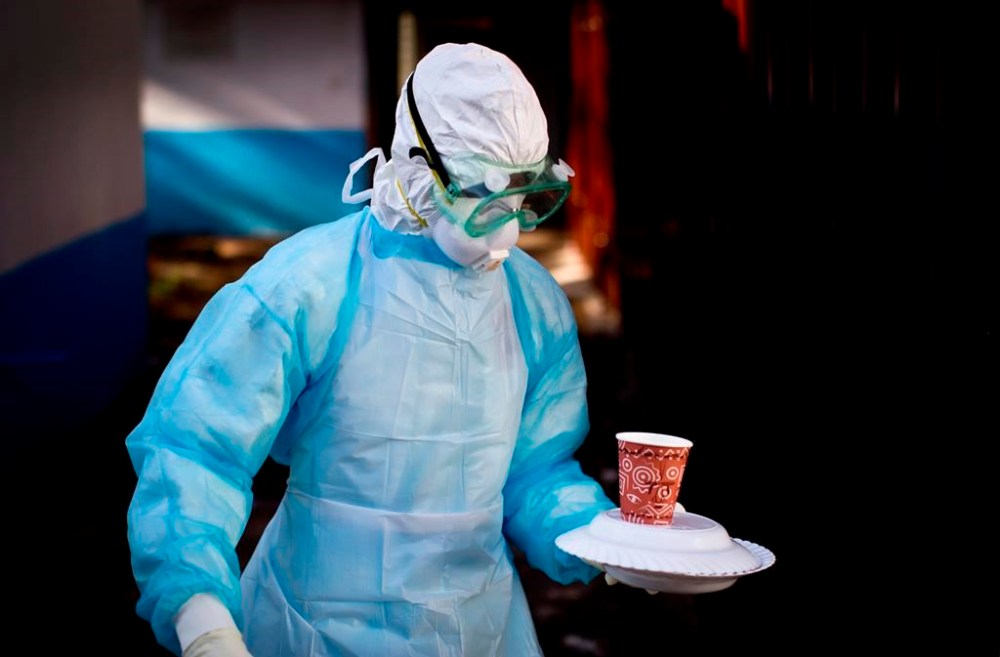
KIGALI, Rwanda (AP) — Marburg hemorrhagic fever has killed 11 people in Rwanda, health authorities said, as the East African country continues to investigate the source of an outbreak first traced among patients in health facilities.
There are 36 confirmed cases of the disease that manifests like Ebola, with 25 of them in isolation, according to the Rwandan government’s latest update.
Rwanda declared the outbreak on Sept. 27 and reported six deaths a day later. Authorities said at the time that the first cases had been found among patients in health facilities and that an investigation was underway “to determine the origin of the infection.”

The source remains unclear days later, raising contagion fears in the small central African nation. Isolating patients and their contacts is key to stopping the spread of viral hemorrhagic fevers like Marburg.
At least 300 people who came into contact with those confirmed to have Marburg have been identified, and an unspecified number of them are now in isolation facilities, according to local health authorities.
Rwandans have been urged to avoid physical contact to help curb the spread. Most of the affected people are healthcare workers across six out of 30 districts in the country.
The U.S. Embassy in Rwanda’s capital of Kigali has urged its staff to work remotely and avoid visiting offices.
Like Ebola, the Marburg virus is believed to originate in fruit bats and spreads between people through close contact with the bodily fluids of infected individuals or with surfaces, such as contaminated bed sheets. Without treatment, Marburg can be fatal in up to 88% of people who fall ill with the disease.
Symptoms include fever, muscle pains, diarrhea, vomiting and, in some cases, death through extreme blood loss.
Marburg outbreaks and individual cases have in the past been recorded in Tanzania, Equatorial Guinea, Angola, Congo, Kenya, South Africa, Uganda and Ghana, according to the WHO.
The virus was first identified in 1967 after it caused simultaneous outbreaks of disease in laboratories in Marburg, Germany, and Belgrade, Serbia. Seven people died who were exposed to the virus while conducting research on monkeys.


